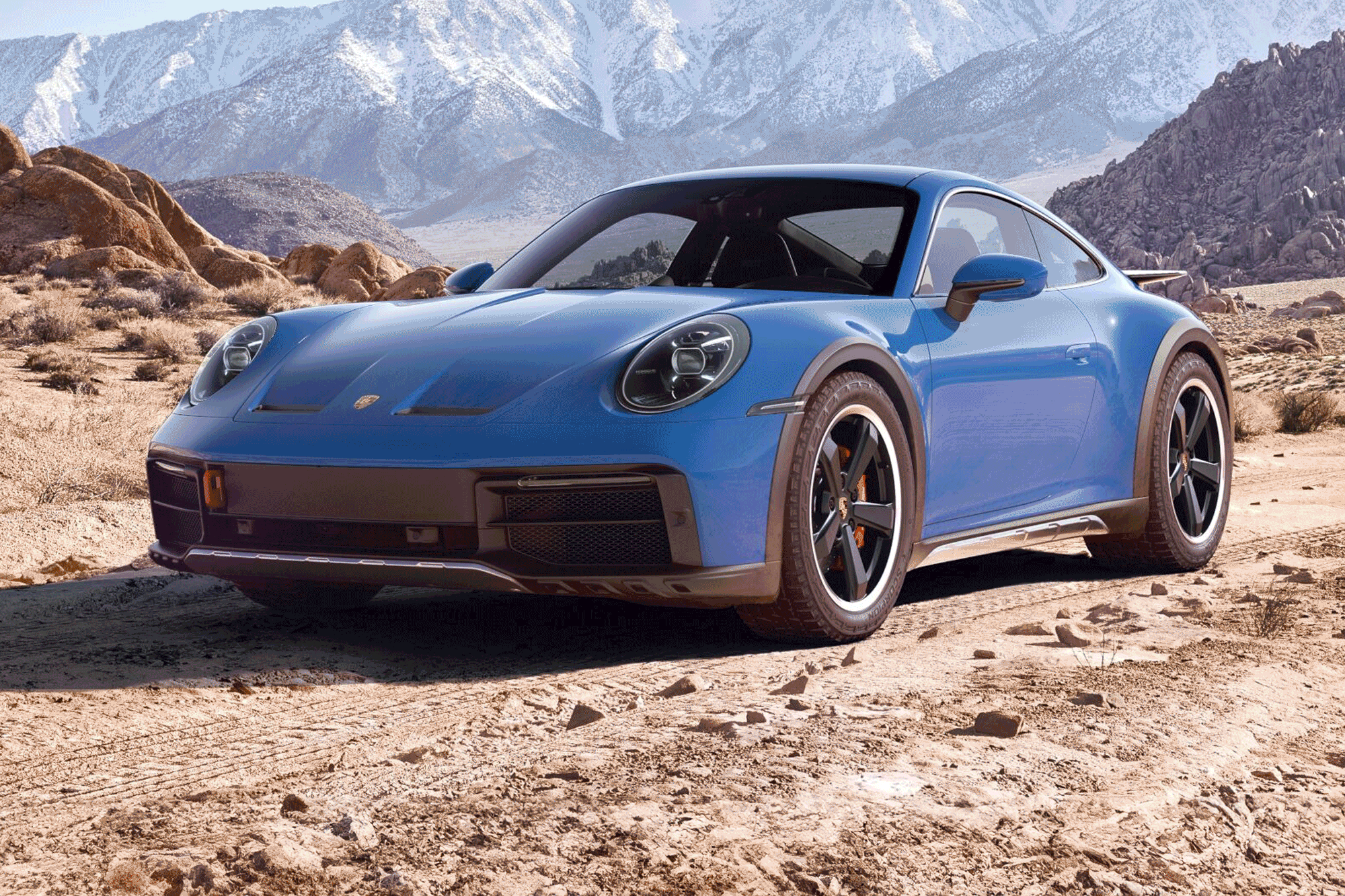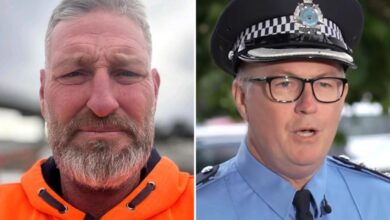Hermes handbags, rare Porsches and Rolexes cost more than money

The most sought after luxury goods will really cost you.
To get an Hermes Kelly or Birkin handbag, a Porsche Dakar 911 sports car or a Rolex Daytona, titans of industry and trust-funders don’t just have to plunk down the cash for the big purchase.
They first have to become boutique regulars and spend a small fortune on a brands’ less exclusive items to prove their devotion. Or they might jet-off to far-flung showrooms to have a better chance of scoring a rare, in-demand item.
“The days of ‘I can buy whatever I want because I have more money than you’ are over,” one source, who has spent millions on various Porsches to get a customized Dakar told The Post.
“The new world is all about building relationships with sales associates, car dealers, and authorized watch dealers.”
Another source put it more bluntly, saying these brands demand people first buy “s–tty SUVs” — or generic timepieces to ingratiate themselves with gatekeepers.
The wealthiest 1% added roughly $30 trillion to their net worth during the first two years of the pandemic, according to some estimates. Now, the quest for status symbols is fiercer than even, and luxury brands can afford to be more selective about who can access to their most desired products.
Reddit it is filled with hundreds of threads and thousands of comments on how to score a Hermes Birkin or Kelly bag. Suggestions include spending at least $100,000 with one sales associate in a calendar year and dropping in to see them weekly.
Or you might try flying to Paris where bags seem to be more plentiful. There, one might attempt to win a lottery to get an appointment — a one on one meeting with a sales associate who may have a bag to sell.
Instagram influencer Campbell “Pookie” Puckett recently took to the platform to share that her husband had somehow managed to score a Birkin, an appointment at Hermes in Paris and a Kelly bag for her, both boasting of the accomplishments and nodding to the fact that it’s not enough to just have money.
“It didn’t think it would happen so soon,” she said of achieving her longtime Birkin dream, adding “If you know, you know. It is so hard to get an appointment.”
Another handbag lover, who splits her time between Connecticut, Manhattan and St. Barth’s, said she’s been on the waitlist for a Kelly bag for years but has yet to score. But, she holds out hope and makes a habit of checking in at Hermes stores wherever she travels.
“I once heard about somebody randomly getting a Kelly in St. Barth’s so I always stop in there,” she adds.
Hermes insiders speculate that, at minimum, someone must spend between $40,000 and $100,000, on “entry-level” items to get access to a Kelly or Birkin.
Beginner level Cabine bags start at $4,150, belts with the signature “H” buckle start at $770 and an Avalon blanket goes for $1,900. But, bigger ticket items — say a $8,750 cashmere coat or a $5,450 dog bed — add up more quickly.
Rolex-obsessed sources say they have been forced to spend several years and thousands of dollars on generic Oyster Perpetuals ($5,500) or Air-Kings ($7,450) before being given the time of day to buy more sought after timepieces.
“I have safes full of watches I don’t wear. [Buying them] keeps the ball rolling so I’m considered for something more desirable,” said one watch lover, who ultimately did get access to the vaunted Rolex Cosmograph Daytona “Le Mans” limited edition.
Released in 2023, the watch retails for $77,800. It’s unclear exactly how many were made, but sources speculate it may have been just a few thousand.
While the hoopla can drive some customers crazy, analysts say it’s good business.
Not only does scarcity “enhance the allure of a product [but] people keep throwing money at the brand to get it,” said Simeon Siegel, who studies luxury companies as head of retail equity research at BMO.
“Restricting product access is a great way to increase brand desirability,” added Luca Solca, Global Luxury Goods Senior Research Analyst at Bernstein. “Porsche, Hermès and Rolex – are masters at this art.”
A car lover said the process of getting in his Porsche dealer’s good graces took more than five years — and purchasing five cars he didn’t really want.
He and his friends have had to buy several Porsche Macans — relatively undesirable compact SUVs that start at $60,900 — to earn the cars they really wanted like a customized Porsche 911. The customization is known in the Porsche community as “paint to sample” because the buyer can select the paint, the interiors and the finishes.
“Everyone is forced to take cars you don’t want – you just always have too many cars,” said the source, who ultimately got the 911 he really wanted.
Some luxury shoppers don’t want to play the game and prefer to use the secondary market — at a hefty premium.
At auction houses and high-end second-hand websites such as The Real Real and First Dibs, people shell out double, triple or quadruple what an item could retail for.
A Patek Philippe Nautilus White Gold which sells for $75,000 can be go for $250,000. A 25 centimeter Hermes Kelly in Epsom brown that sells for $10,000 in stores can go for $30,000. The limited edition 2015 Porsche 918 bought from a dealership for $845,000 can be sold for $2.3 million.
“The secondary market is what fuels interest,” Siegel said. “You get to buy what you love and you convince yourself it’s also an investment.”
From a purely financial standpoint, that approach may be far more efficient than spending tens or hundreds of thousands of dollars on items you don’t really want – and waiting years to maybe get access to the color or size.
But it ultimately limits the clout and the long term access someone has – you won’t be getting calls to see if you want the newest car model or bag color.
No matter what path shoppers take, luxury brands win.
“The process gets them further, more deeply entrenched into the brand and the business,” said Solca. “You have people paying to be brand ambassadors.”




